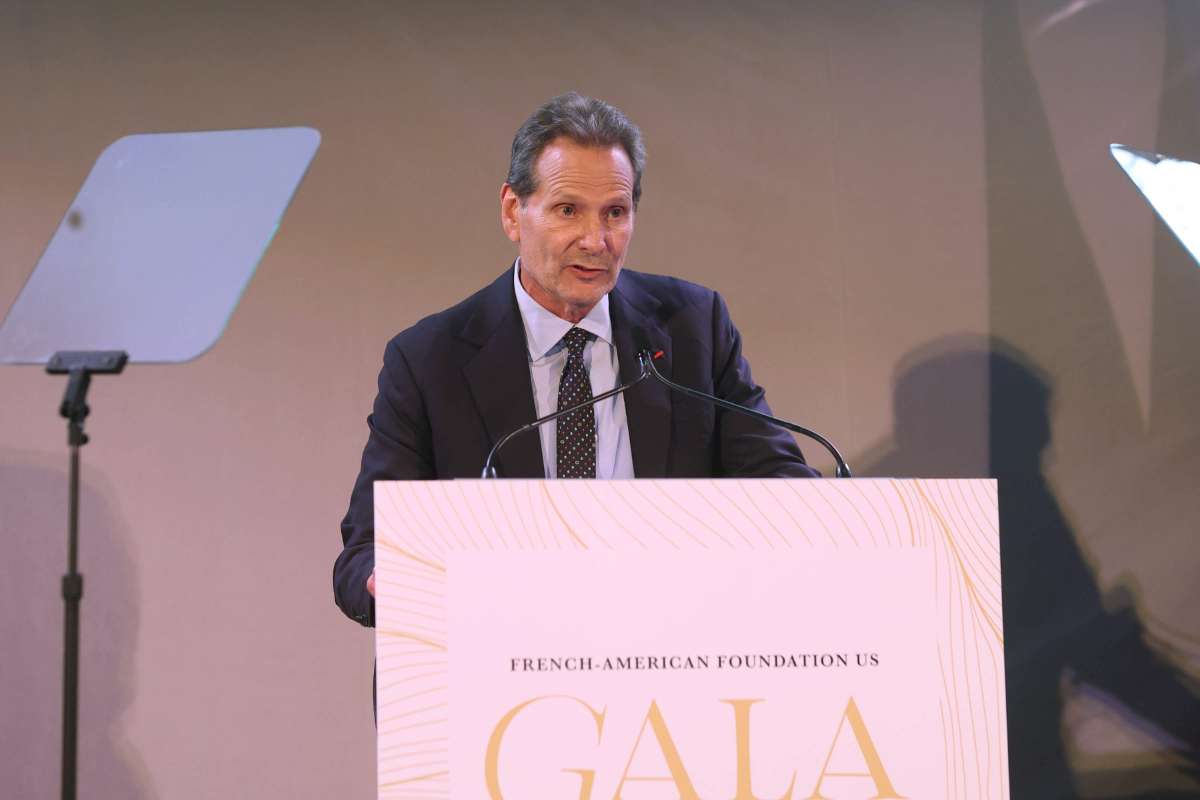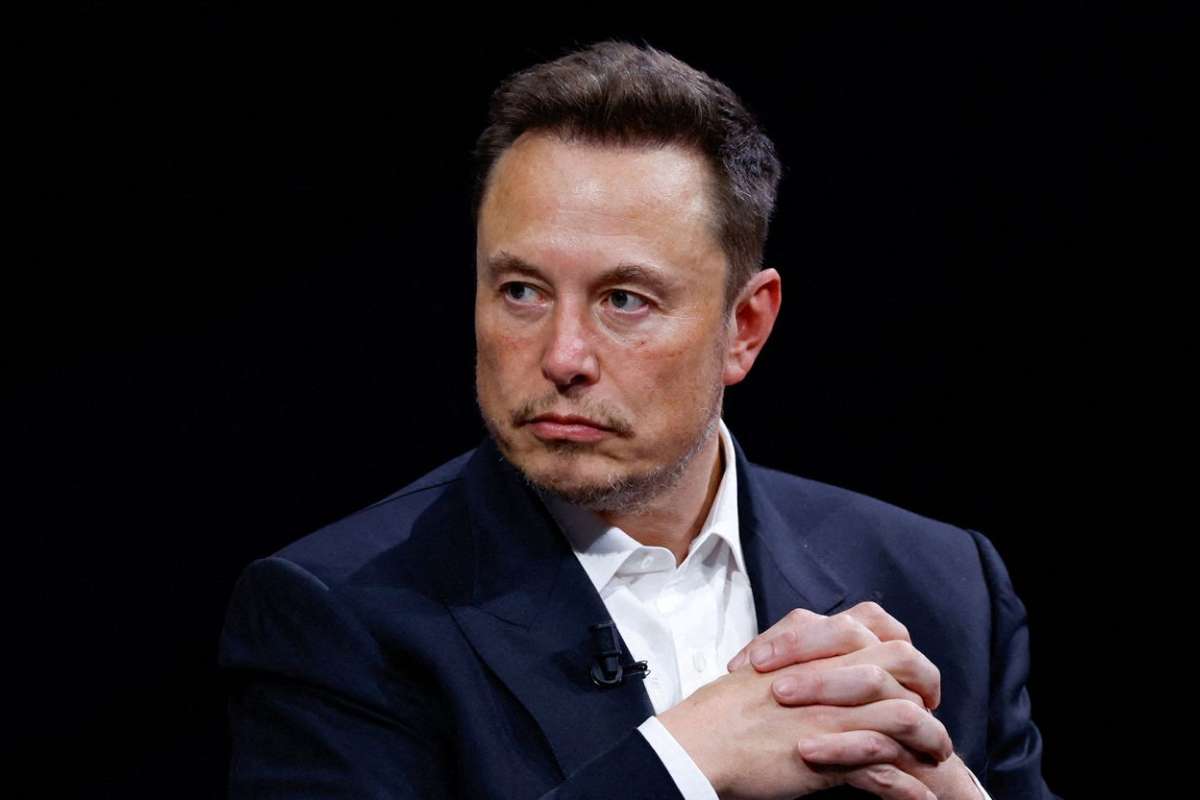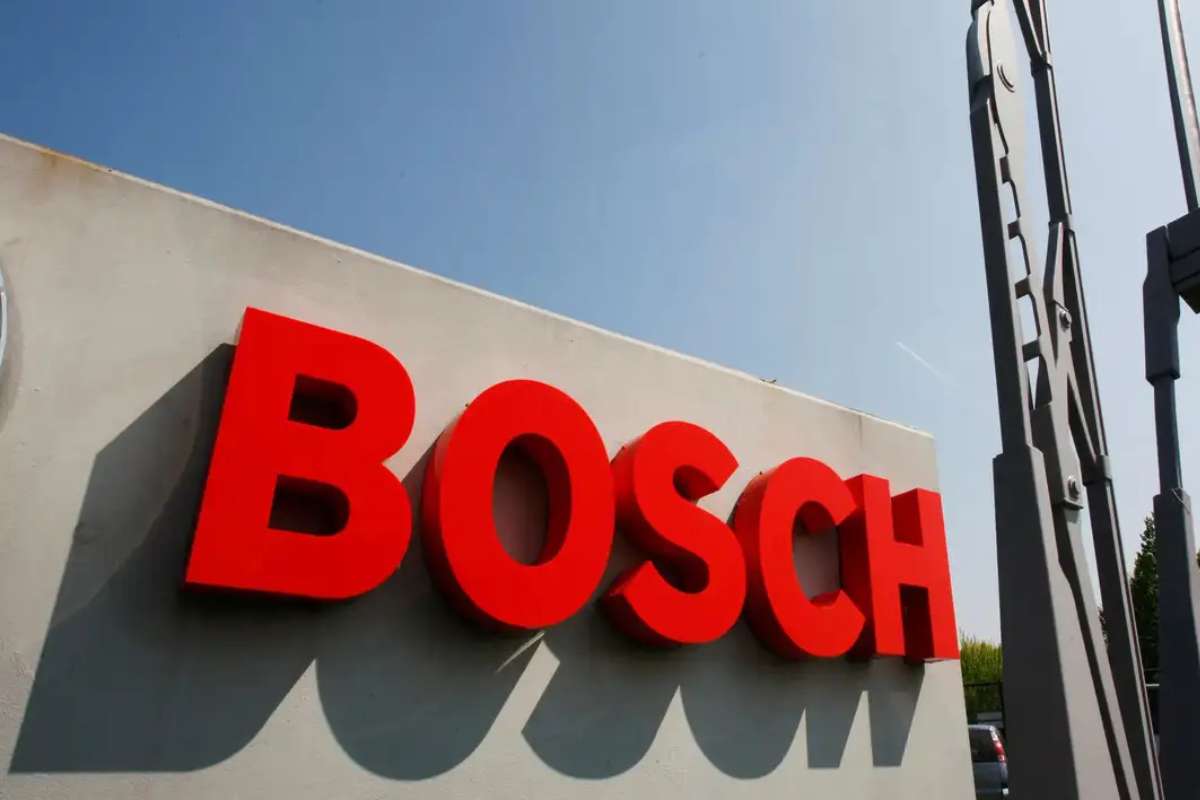The euro zone economy posted a better-than-anticipated expansion of 0.4% in the first quarter of 2025, according to flash estimates released by Eurostat on Wednesday. This marks a notable improvement over the previous quarter’s revised growth of 0.2% and exceeds economists’ expectations of just 0.2%, as polled by Reuters. The unexpected boost comes at a time of mounting uncertainty due to escalating global trade tensions, particularly those related to recent U.S. tariffs.
Among individual economies, Germany—the region’s largest—recorded a 0.2% uptick in GDP, while France grew by a modest 0.1%. In contrast, southern European nations continued to show resilience, with Spain and Lithuania both reporting a 0.6% increase in output. Italy saw a 0.3% rise, and Ireland led the bloc with a 3.2% surge, although its data tends to be volatile due to its heavy concentration of multinational firms.
Mixed Signals from Markets and Analysts
Market reaction to the GDP release was muted, with the euro zone economy fluctuating slightly. As of mid-morning in London, the currency was down 0.08% against the U.S. dollar but rose 0.2% against the British pound. Germany’s benchmark 10-year bond yield dropped three basis points, reflecting cautious optimism among investors.
Franziska Palmas, senior Europe economist at Capital Economics, noted that the data suggests the euro zone entered 2025 with more momentum than many had expected. However, she warned that this momentum might not last. “We still expect growth to slow sharply in the next six months as the U.S. tariffs introduced in April begin to weigh on activity,” she said. Palmas added that while Germany’s anticipated fiscal stimulus may provide some support, its effects are unlikely to be felt until 2026.
Challenges Loom Despite Modest Gains
Despite the stronger-than-expected growth, the euro zone economy continues to face headwinds. Economic expansion has been sluggish throughout 2023 and 2024, prompting the European Central Bank (ECB) to lower interest rates in an effort to reignite growth. The ECB’s key deposit facility rate was recently cut to 2.25%, down from a peak of 4% in mid-2023.
The ECB has projected euro zone economy growth of 0.9% for 2025—slightly below its earlier forecast—with new projections expected in June. Central bank officials have signaled these updates will be vital to guiding future rate decisions. President Christine Lagarde recently acknowledged that while the disinflationary process remains on track, external shocks, such as trade tariffs, could undermine the bloc’s recovery.
Of particular concern are the U.S.-imposed 20% tariffs on a wide range of EU goods, which are temporarily paused until July for negotiation purposes. The EU has so far refrained from retaliating but remains prepared to respond if talks fail. Meanwhile, euro area economic sentiment dipped in April to its lowest point since December 2024, reflecting growing unease among businesses and consumers.
Inflation remains close to the ECB’s 2% target, with March figures at 2.2%. Updated inflation data is expected later this week and will likely play a critical role in shaping the region’s economic outlook.
Visit Visionary CIOs For The Most Recent Information.











